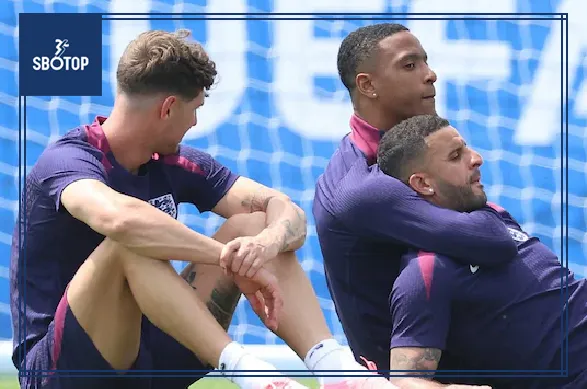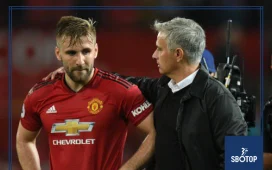As England prepares to face Switzerland in the Euro 2024 quarter-finals, manager Gareth Southgate is reportedly considering a tactical switch to a back three. This potential change comes amid criticism of England’s recent performances and the desire to solidify the defense against a formidable Swiss side. The decision could have significant implications for both team selection and overall strategy in this crucial match.
Gareth Southgate, has primarily employed a back four but has occasionally shifted to a back three, most notably during the 2018 World Cup. This formation provided defensive solidity and allowed England to reach the semi-finals, marking their best performance in a major tournament in decades.
The back three system typically involves three central defenders, two wing-backs, three central midfielders, and two forwards. This setup can offer a balanced approach, providing defensive stability while also enabling wing-backs to contribute to the attack.
The Back Three Against Switzerland
Switzerland has proven to be a strong and tactically astute team, capable of frustrating opponents with their disciplined defense and quick counter-attacks. Southgate’s consideration of a back three against Switzerland for the upcoming clash is likely influenced by the need to counter Switzerland’s strengths and to play to England’s defensive capabilities.
A back three would provide additional coverage against Switzerland’s attacking threats, such as Breel Embolo and Xherdan Shaqiri. Moreover, this formation allows for greater flexibility in transitioning between defense and attack, with wing-backs like Kyle Walker and Luke Shaw potentially playing key roles in both phases of play.
Potential Lineup
If Southgate opts for a back three, several changes in personnel and positioning could occur. Harry Maguire, John Stones, and potentially Conor Coady or Ben White could form the central defensive trio. This would push Kyle Walker and Luke Shaw or Kieran Trippier into wing-back roles, where their pace and crossing ability can be maximized.
In midfield, Declan Rice and Kalvin Phillips would likely retain their roles, providing a solid defensive shield and facilitating ball distribution. The formation also opens up possibilities for more creative midfielders, such as Phil Foden or Mason Mount, to play in advanced positions, supporting the forwards and linking play.
Up front, Harry Kane remains the focal point of the attack, with the possibility of partnering with a more mobile forward like Raheem Sterling or Bukayo Saka. This dual threat could stretch the Swiss defense and create more scoring opportunities.
Risks of the Switch
Switching to a back three offers several potential benefits for England. It can provide greater defensive stability and reduce vulnerability to counter-attacks. Additionally, the presence of wing-backs can add width to the attack, creating more space and opportunities for the forwards.
Implementing a new formation in a high-stakes match can disrupt the team’s rhythm and cohesion. Moreover, the success of the back three hinges on the wing-backs’ ability to balance their defensive duties with their offensive contributions, which can be physically demanding.
Southgate’s Decision-Making Process
Gareth Southgate’s decision to potentially switch to a back three is a testament to his pragmatic approach and willingness to adapt. He has consistently shown that he prioritizes the team’s needs and the demands of the specific match over rigid adherence to a particular formation.
Also Read:
- SBOTOP: Phil Foden Expresses Sympathy for Gareth Southgate Amid Euro 2024 Criticism
- SBOTOP: Joselu Targets Victory Over Germany, Hopes to Retire Kroos in Euro 2024 Clash
- SBOTOP: Yakin Highlights England’s Weaknesses Ahead of Switzerland








